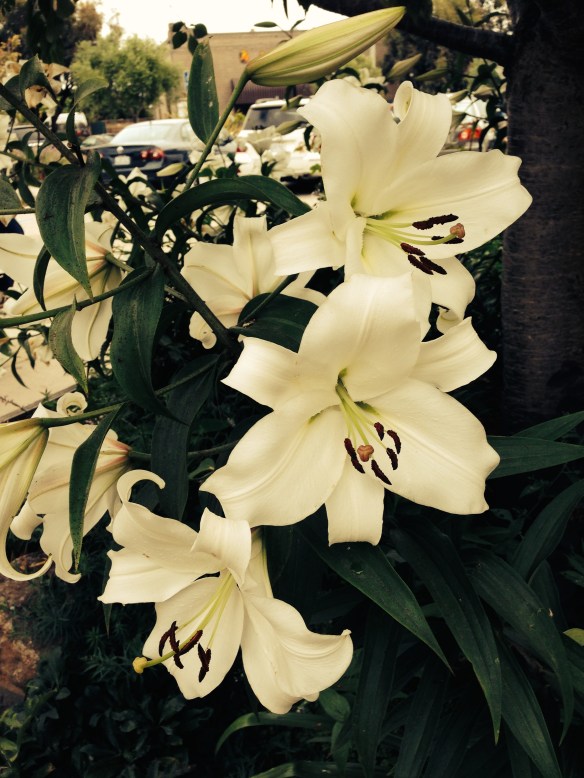Gardeners should refer correctly to the essence of our gardens, which is soil, and avoid calling it “dirt.”
Most soils consist of three groups of particles: sand (the largest in size), (clay (the smallest in size) and silt. The percentages of sand, clay and silt determine the texture of the soil. The best soil for gardening, called loam, has nearly equal parts of sand, silt and clay. Soil with this texture has good balance between retaining and draining moisture.
St another level, garden soil is a living environment, an ecological system, with microorganisms, decaying organic matter, earthworms and other insects. Each of these components contributes to the soil’s habitat for flora and fauna. Living soil involves a vast number of interdependent activities, which combine to create a complex and dynamic environment. These functions are enough to keep soil scientists studying for their lifetimes and motivate gardeners to at least appreciate what is going on under the surface of their gardens.
By comparison, dirt might contain a good mix of sand, silt and clay, but lacks any of the organic components of good garden soil. Dirt can be regarded as raw material for conversion to garden soil by adding organic matter (compost); this process will provide food for beneficial microorganisms and support the eventual development of the ecological system.
Dirt with a less than ideal mix of sand, silt and clay often can be improved by adding compost. Adding sand to a clayey soil, or clay to a sandy soil, might seem like a good idea, but it very difficult to create a good mix and usually results in something like concrete. Just add compost.
When we think of things that we cannot live without, many people will list sunlight, air and water, but not include soil, which is the essential fourth contributor to life on earth.
With this in mind, soil scientists from around the world have joined to name 2015 as the International Year of Soils, with the goals to educate the public about the importance of healthy soils. The Global Soils Partnership, which includes the United Nations’ Food and Agriculture Organization <http://www.fao.org/soils-2015/en/>, The Soil Science Society of America <www.soils.org/iys>, and many other groups, is spearheading these efforts. We are pleased to support this educational initiative.
The Partnership has identified a theme for the educational activities of each month during 2015. The theme for April is “Soils Clean and Capture Water,” which is timely during California’s current severe drought conditions. As a group, the monthly themes provide an overview of the many ways in which soils support the quality of life on Plant Earth.
- January – Soils Sustain Life
- July – Soils are Living
- February – Soils Support Urban Life
- August – Soils Support Health
- March – Soils Support Agriculture
- September – Soils Protect the Natural Environment
- April – Soils Clean and Capture Water
- October – Soils and the Products We Use
- May – Soils Support Buildings/Infrastructure
- November – Soils and Climate
- June – Soils Support Recreation
- December – Soils, Culture, and People
Each gardener can support the International Year of Soils, in these ways:
- Visit the websites listed above, which include many ideas and resources for teachers:
- Read a good book on soils. Good options (all available on Amazon.com) include:
- Teaming with Microbes: The Organic Gardener’s Guide to the Soil Food Web, Revised Edition (2010), by Jeff Lowenfels and Wayne Lewis
- Building Soil: A Down-to-Earth Approach: Natural Solutions for Better Gardens & Yards (2015), by Elizabeth Murphy.
- Know Soil, Know Life (2012), by David L. Lindboand Deb A. Kozlowski
- Discontinue any uses of synthetic chemical fertilizers or pesticides in your garden.
- Annually, add a layer of compost to your garden beds. (Right now would be a good time.)
All plants respond to good soil!








